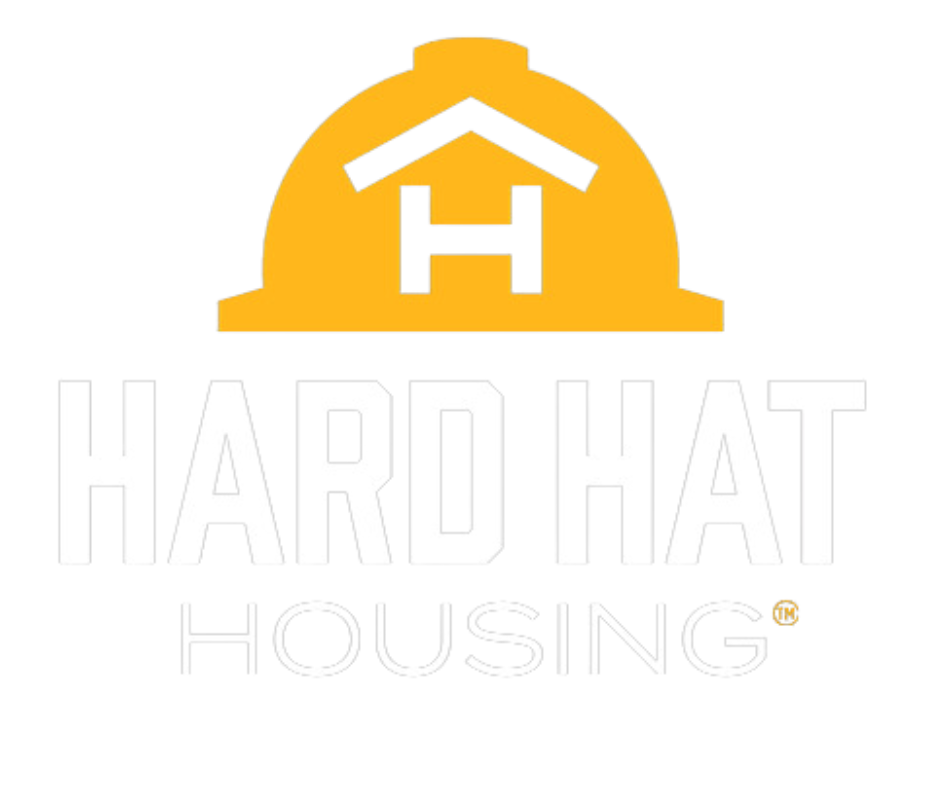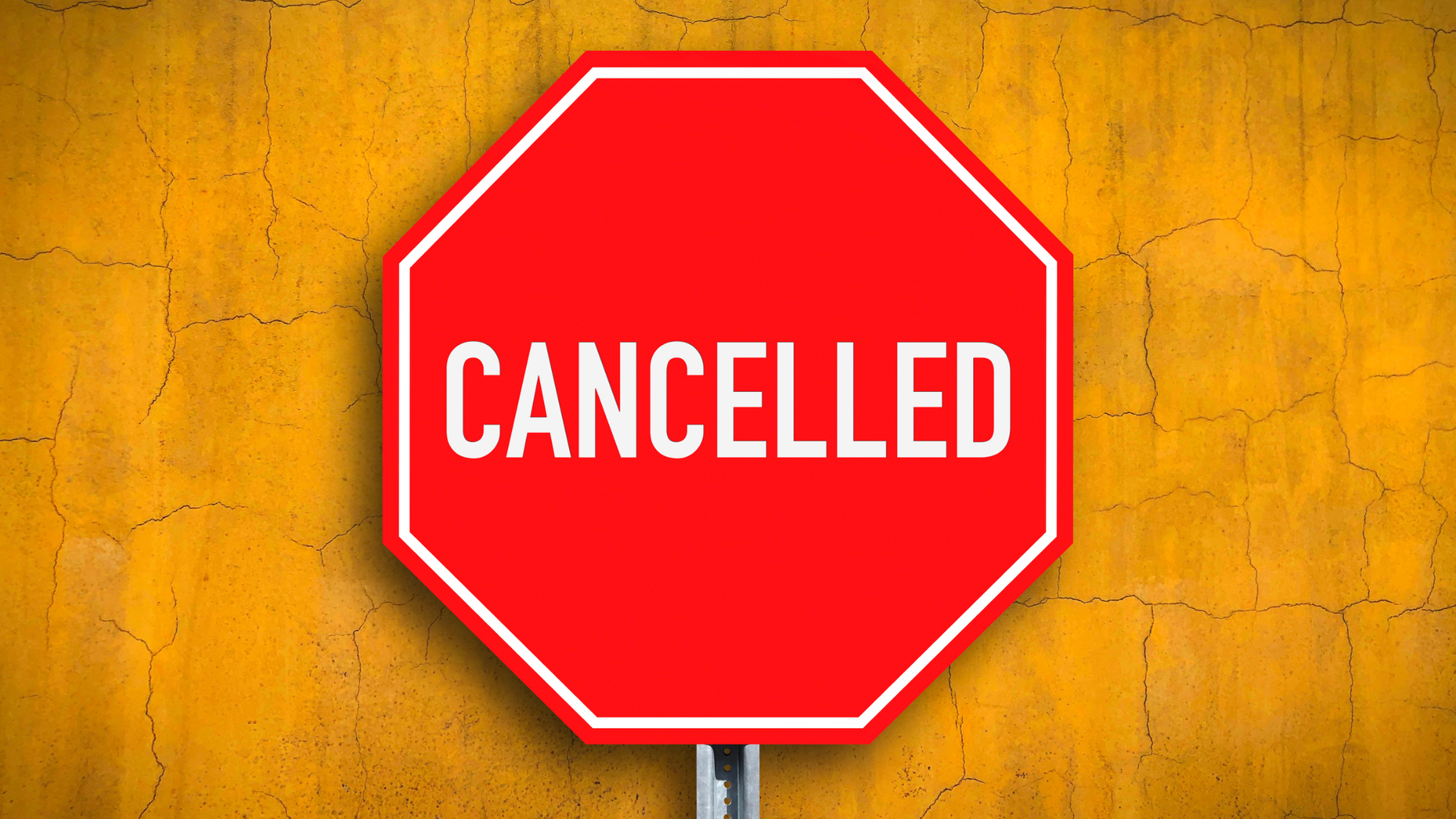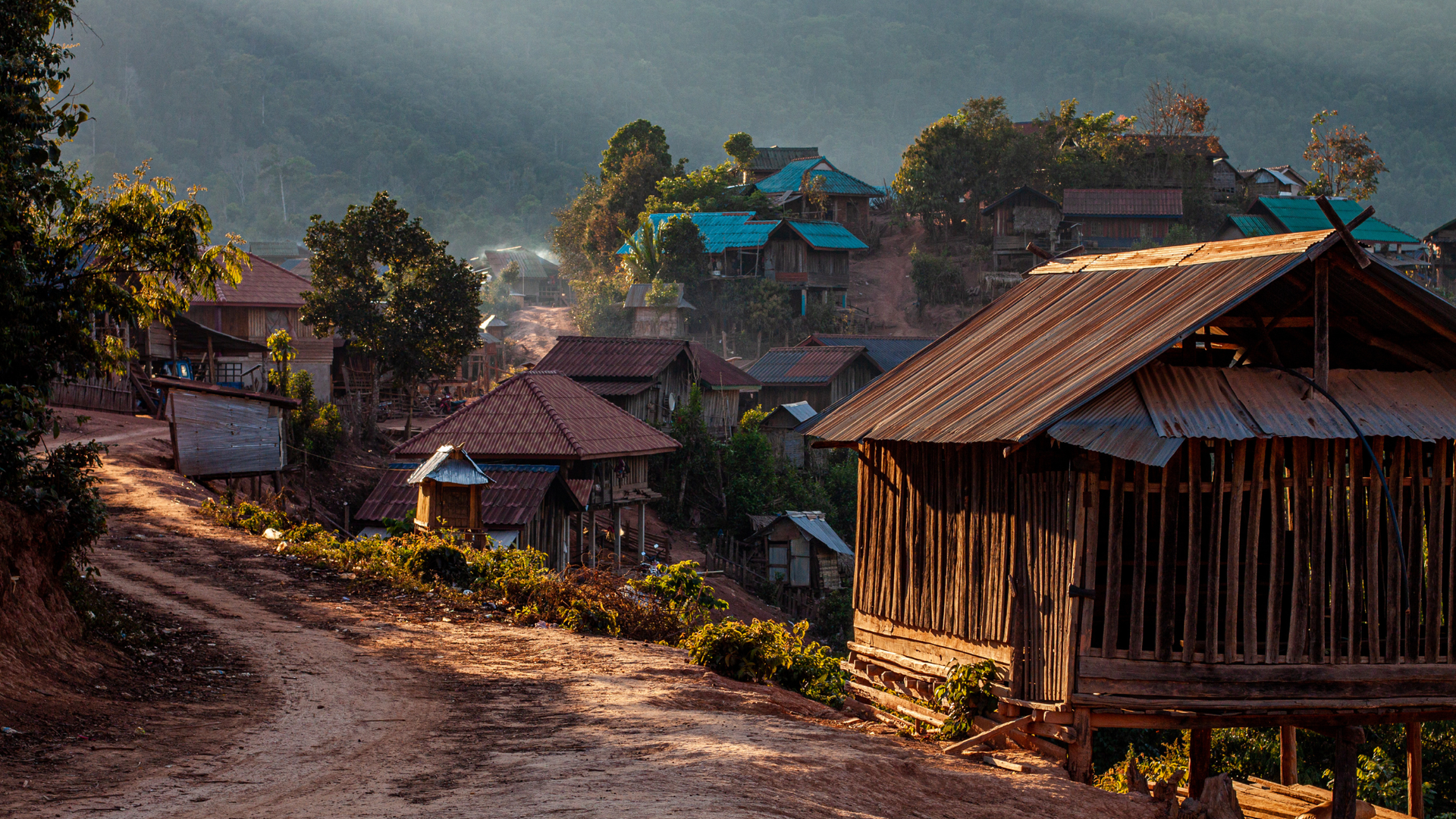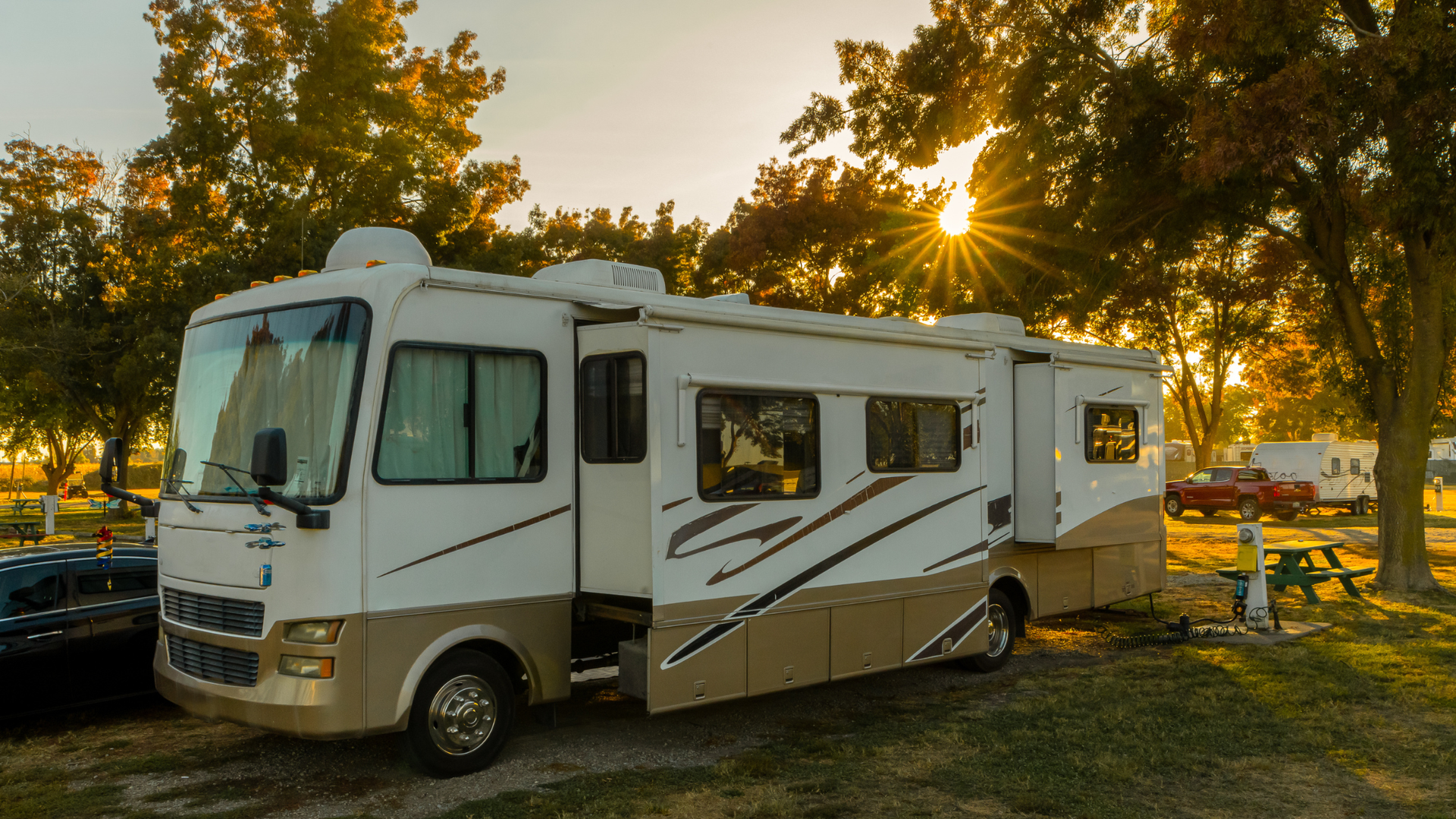The ROI of Crew Housing: How Better Living Conditions Save Companies Time and Money
In construction, every decision comes down to time and money. Did the job finish on schedule? Did it stay within budget? Did it meet safety and quality standards without draining resources?
For project managers and company leaders, housing is often treated as a logistical line item—something you figure out at the end, after the big decisions are made. Book some hotel rooms, maybe find a rental or two, and move on.
But here’s the truth: crew housing is not just a cost. It’s one of the most overlooked opportunities to save money, protect schedules, and increase productivity.
When crews are housed well—close to the site, in safe, comfortable, functional spaces—the return on investment is enormous. Lower turnover, fewer accidents, faster timelines, better morale. Conversely, poor housing drains resources through hidden costs that add up fast.
This article will show you exactly how better living conditions for crews deliver ROI—why it matters, how to measure it, and why Hard Hat Housing is leading the way in making housing an investment instead of an afterthought.
The Hidden Costs of Poor Housing
Let’s start with the negative side. What happens when housing is treated as an afterthought?
1. Turnover Costs
The construction industry already faces high turnover. When workers are housed in cramped motels, noisy apartments, or overcrowded trailers, frustration builds fast.
- Poor housing communicates: “We don’t value you.”
- Frustrated workers quit mid-project, leaving crews understaffed.
- Replacing one worker costs $6,000–$15,000 (recruitment, training, downtime).
Multiply that across multiple workers leaving on a long-term project, and the cost of poor housing dwarfs the savings of cutting corners.
2. Productivity Loss
Fatigue is a productivity killer. Crews living far from the site or in noisy, uncomfortable housing don’t get the rest they need.
- A 45-minute commute each way equals 1.5 hours of lost time per day. Over a 6-month project, that’s 180+ hours lost per worker.
- Workers sleeping 5–6 hours instead of 7–9 show a 20–30% decline in performance.
- More mistakes mean more rework, wasted materials, and blown schedules.
3. Safety Risks
The National Safety Council reports that 13% of workplace injuries are linked to fatigue. In construction, where heavy machinery, heights, and dangerous tools are standard, that risk skyrockets.
- Poor housing = poor rest = slower reflexes and bad judgment.
- One serious injury can cost a company hundreds of thousands of dollars in medical bills, lost labor, insurance premiums, and lawsuits.
4. Reputation and Relationships
Communities notice how companies treat their crews. Housing 20 workers in a rundown motel or overcrowded house leads to complaints, bad press, and poor community relations.
Reputation matters—for winning bids, building partnerships, and retaining talent.
The ROI of Better Crew Housing
Now let’s look at the flip side: what happens when companies invest in proper crew housing?
1. Lower Turnover = Massive Savings
Turnover is expensive. But when crews are housed well—in clean, safe, functional homes with real kitchens, laundry, and privacy—they feel valued.
- Workers stay on projects longer.
- Loyalty increases; crews return for future projects.
- Recruiting costs drop.
ROI Example:
If a 50-person crew loses 10 workers mid-project due to poor housing, replacement costs average $100,000. Providing better housing that reduces turnover could save six figures—far more than the extra cost of quality accommodations.
2. Higher Productivity = Faster Timelines
Well-rested crews simply work better.
- More focus, fewer mistakes, higher efficiency.
- Projects finish faster, which saves money on labor, equipment rentals, and overhead.
- Faster delivery = happier clients and stronger reputation.
ROI Example:
On a 6-month, $10 million project, even a 2% increase in productivity from better housing equals $200,000 in value—again far more than the housing investment.
3. Fewer Accidents = Lower Costs
Proper housing reduces fatigue, which reduces accidents.
- Fewer injuries mean lower workers’ comp costs.
- Lower insurance premiums over time.
- Less downtime from lost labor.
ROI Example:
If better housing prevents just one serious injury (average cost $40,000–$80,000), it more than pays for itself.
4. Stronger Retention = Long-Term ROI
Retention isn’t just about one project—it’s about building a stable workforce for years. Companies that invest in housing build reputations as “good places to work.” Word spreads, and the best crews gravitate toward them.
That’s priceless in an industry facing skilled labor shortages.
5. Better Community Relations
Housing isn’t just about workers—it affects neighbors, towns, and local businesses.
- Well-housed crews = fewer complaints from the community.
- Crews spending locally = stronger economic impact.
- Homeowners renting to crews = financial benefits that build goodwill.
Strong community relationships translate into smoother projects, easier permitting, and reputational wins that lead to more bids won.
How to Calculate ROI on Crew Housing
Companies often ask: How can I prove the ROI of housing to my executives or stakeholders?
Here’s a simple framework:
Step 1: Calculate Current Costs of Poor Housing
- Turnover rate: How many workers leave mid-project? Multiply by $6,000–$15,000 each.
- Commute time: Multiply daily hours lost by crew size, project length, and average wage.
- Accidents: Factor in direct and indirect costs.
- Delays: What did missed deadlines cost in penalties or lost contracts?
Step 2: Estimate Savings from Better Housing
- Reduced turnover.
- Increased productivity (2–5% gains add up fast).
- Fewer accidents.
- On-time or early project delivery.
Step 3: Compare to Housing Investment
- Quality housing may cost 10–20% more than the cheapest option.
- But if that 20% investment prevents even one turnover cycle or one major accident, ROI is clear.
Real-World Scenarios
Scenario 1: The Hotel Approach
A company puts 20 workers in a hotel at $100/night. Costs = $2,000/day, $44,000/month (excluding weekends). Workers share rooms, eat fast food, and commute 30 minutes daily. Morale drops, turnover rises, accidents increase. Total hidden costs = hundreds of thousands.
Scenario 2: The Crew-Ready Home Approach
The same company rents homes for $24,000/month total, saving +$20,000 per month. Plus, workers have beds, kitchens, and parking. Commutes are 10 minutes. Retention rises, productivity improves, accidents drop. Total housing + hidden costs = far less. ROI = undeniable.
Why Hard Hat Housing Delivers ROI
It’s one thing to say “better housing pays off.” It’s another to make it happen. That’s where Hard Hat Housing comes in.
Here’s how we ensure ROI for our partners:
- Vetted Properties: We find homes that are truly crew-ready—multiple bedrooms, kitchens, laundry, parking.
- Flexible Contracts: We adapt to project timelines, extensions, and crew size changes.
- Turnkey Management: We handle communication, cleaning, and emergencies—freeing project managers to focus on the build.
- Worker Well-Being: We prioritize the features that matter most for rest, recovery, and retention.
- Community Impact: Our model supports homeowners and strengthens local economies.
In other words, we don’t just put crews in housing. We put them in the right housing—housing that delivers ROI.
Crew Housing Is an Investment, Not an Expense
The construction industry runs on people. And people run on rest, comfort, and well-being. Treating housing as an afterthought is a recipe for higher costs, slower projects, and unhappy crews.
But treating housing as an investment flips the script:
- Lower turnover.
- Higher productivity.
- Fewer accidents.
- Stronger retention.
- Better community relationships.
The ROI is clear. And at Hard Hat Housing, we’re proud to be the partner helping companies capture it.
Ready to see the ROI of better crew housing in your next project? Contact Hard Hat Housing today at 859-575-0662.













